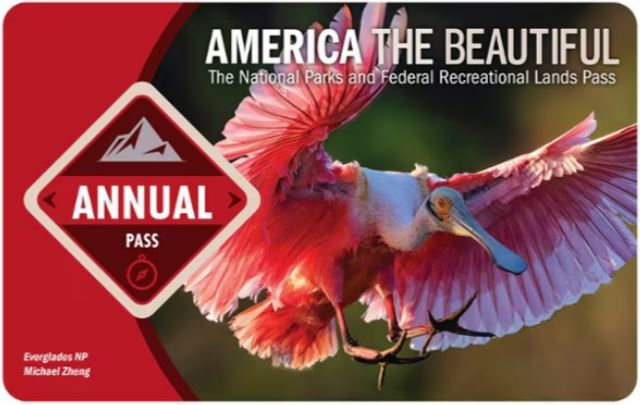Visiting national parks is amazing, but it can sometimes feel overwhelming when trying to stick to a budget. When you start to look at your trip budget, these incredible places can seem out of reach for the average family. However, you can enjoy the US national parks without breaking the bank!
It requires some extra planning and some compromises, but there are plenty of ways to have a national parks vacation without overspending. With a few practical tips and tricks, you can make the most of your visit while saving money.
I’m James Ian and I’m a national park expert. In this article, I’ll share strategies to help you experience the beauty and adventure of national parks without worrying about your wallet.
🛏️FIND A HOTEL: Search now
🚘FIND THE CHEAPEST CAR RENTAL: Search Discover Cars for the best deals
✈️FIND THE CHEAPEST FLIGHTS: Search Skyscanner for the best deals
🧳GET TRAVEL INSURANCE: Get insured with Travelex before you go
📱TAKE AN AUDIO TOUR: Buy an audio tour now
Subscribe to daily national parks planning tips, travel inspiration and trip ideas and I’ll send you a free PDF of this Guide:
How to Visit National Parks on a Budget: 15 Smart Cost-Saving Strategies
No time right now to read these tips for how to visit national parks on a budget? Pin It and save it for later:
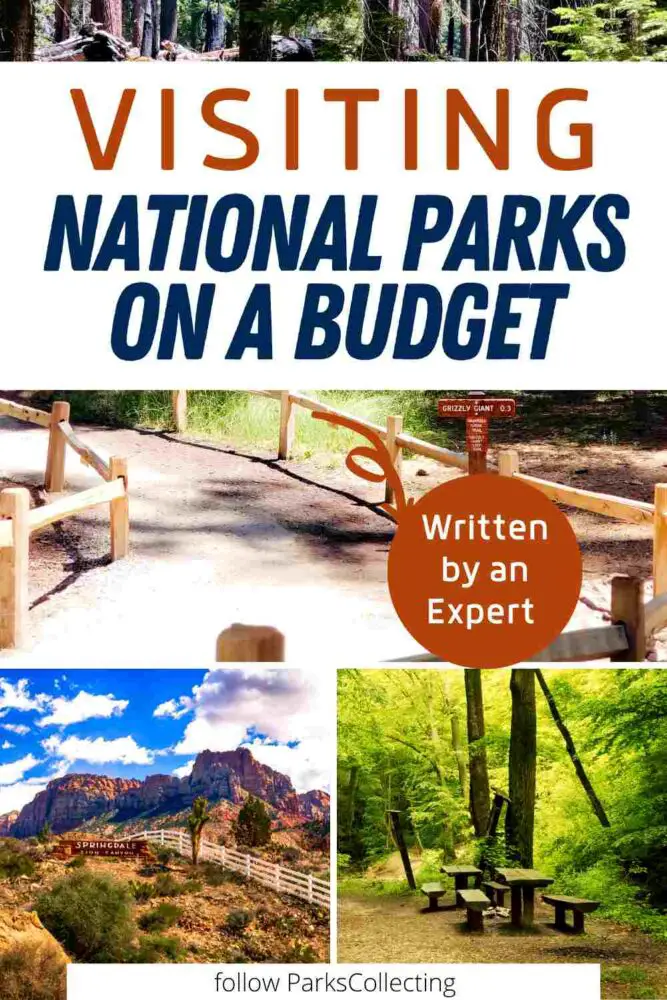
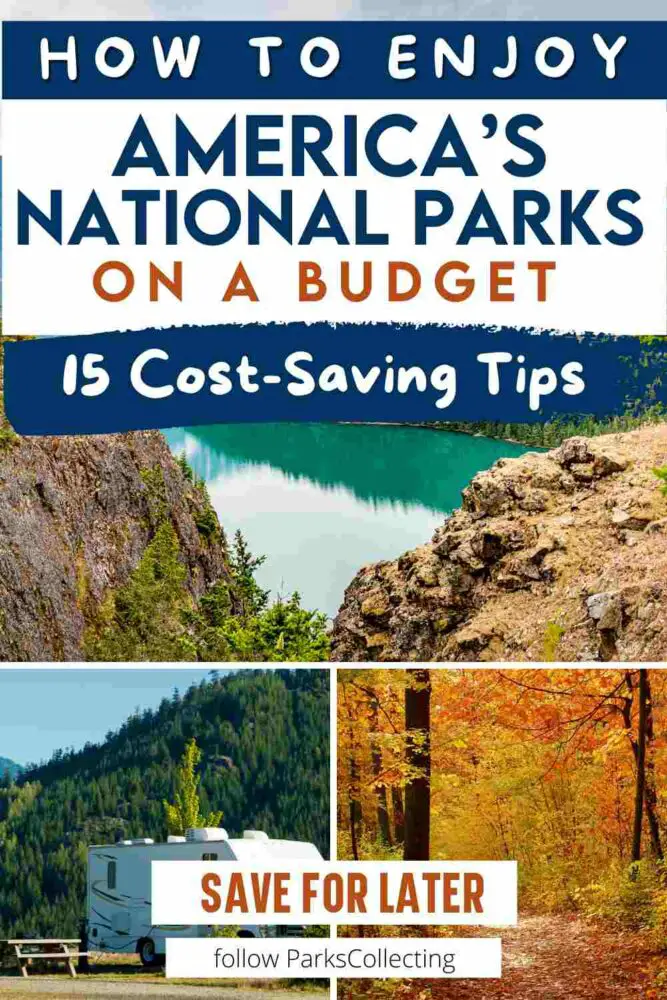
Table of Contents
1. Purchase an America the Beautiful Pass Annual Parks Pass
Most parks have an entrance fee that is typically around $30-$35 dollars per vehicle. If you’re just visiting one park in a year, then that makes sense. However, if you’re going to include multiple stops on your trip, you can save money by buying an America The Beautiful Annual Pass.
The pass is good for a whole year, and gives you entry to over 2,000 sites, including all 431 units in the National Park Service system as well as sites run by the Fish and Wildlife and Forest Services, and the Bureaus of Land Management and Reclamation and Army Corps of Engineers.
For sites that charge per vehicle, a car, driver and passengers are covered. Up to 4 adults can enter sites on foot, with 15-year-olds and under getting in for free.
Get an America The Beautiful Annual Pass here.
Read more about this and other national parks passes including those for veterans and disabled persons.
2. Visit on a free day
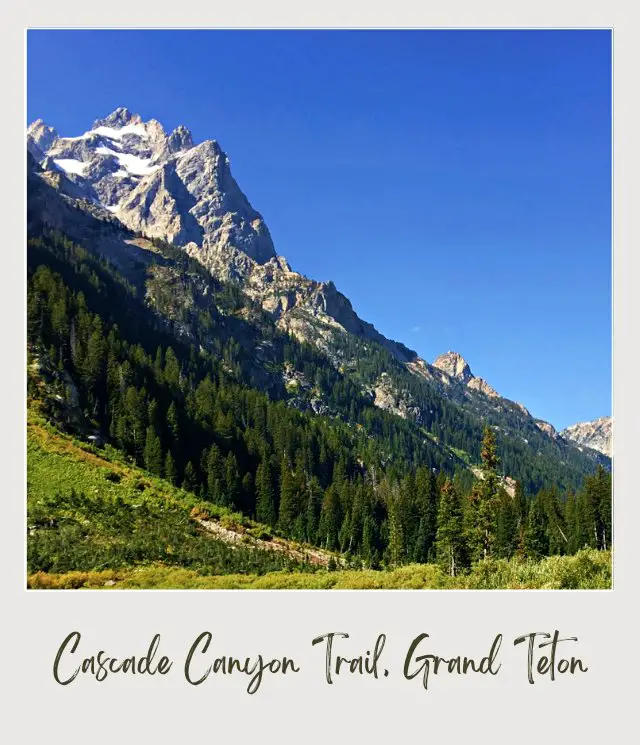
There are several days a year when you can visit national parks for free.
They can vary each year, but are typically:
- Birthday of Martin Luther King, Jr. (the third Monday of January)
- First day of National Park Week (April)
- Juneteenth National Independence Day (June 19)
- Anniversary of the Great American Outdoors Act (August 4)
- National Public Lands Day (the fourth Saturday of September)
- Veterans Day (November 11)
3. Visit a free national park
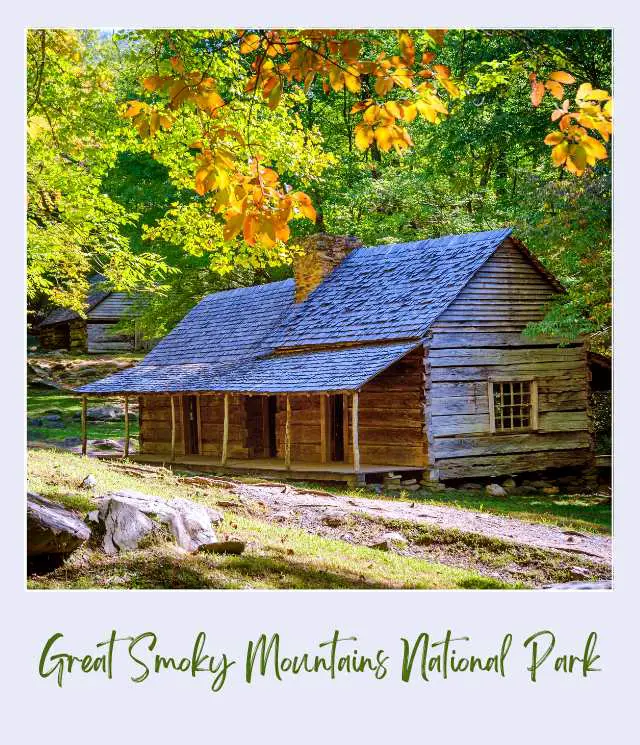
Of the 400+ units in the National Park Service system, more than 100 are free every day of the year.
Of the 63 main National Parks, 16 are free.
Read here to see the full list of free national parks in the US.
4. Plan a trip when your child is in 4th Grade
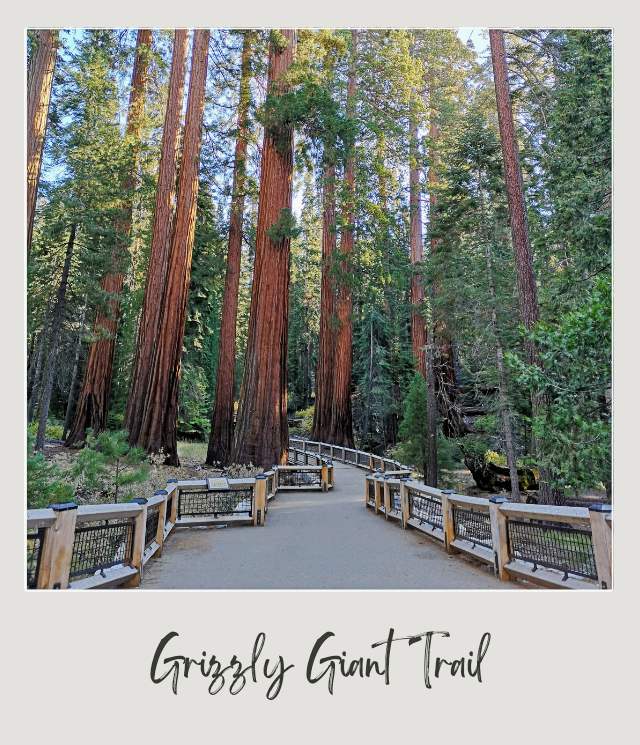
Fourth graders are eligible for free national parks passes. Every Kid Outdoors is an official government program for 4th graders (or home school equivalent) that gives them free entry to hundreds of federal properties, including the national parks.
Kids fill out an online diary entry with things they’d like to see and do (it produces a fun diary entry) and then print out their pass and take it with them. The pass is valid from September 1 – August 31.
Although it’s officially for fourth graders, if you visit a site that charges entrance fees per person, the pass admits all children under 16 and up to three adults traveling with them for free. If your group visits a site that charges vehicle entrance fees, the pass admits all children under 16 and all adults in up to one passenger vehicle.
5. Travel with a senior
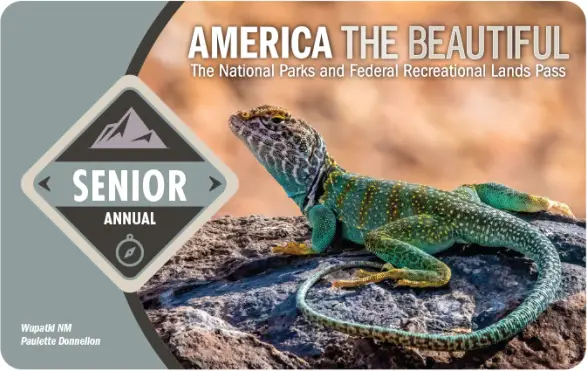
There are also America The Beautiful passes (annual and lifetime) available for seniors. It can be used not only at NPS sites, but also the US Forest Service, Fish and Wildlife Service, Bureau of Land Management, USACE, and Bureau of Reclamation.
The annual pass is just $20 and the lifetime senior pass is currently $80. The Senior Annual Pass and Senior Lifetime Pass are for U.S. citizens or permanent residents age 62 or older.
The pass covers the entire vehicle including all (all passengers up to 4 adults) that the Senior Pass owner is in.
6. Camp instead of staying in lodges
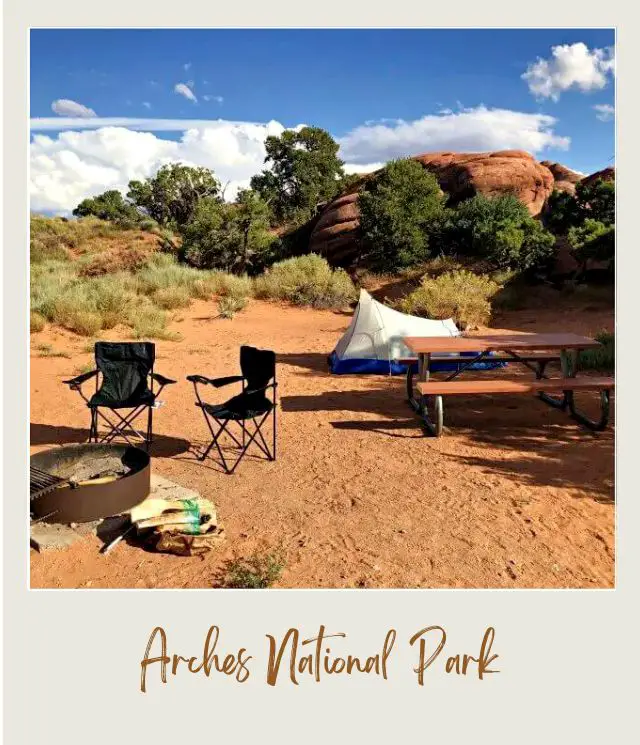
National parks have great campgrounds right inside the park. There are also commercial campgrounds near many national parks. Even cheaper options are often available at nearby state parks. And even cheaper still are nearby BLM and USFS public lands where you can often camp for free.
However, if you do free camp, it comes with responsibilities and it’s extremely important that you know where and how to disperse (free) camp legally and responsibly.
Two websites that can use to find a free campsite are:
7. Stay outside the park
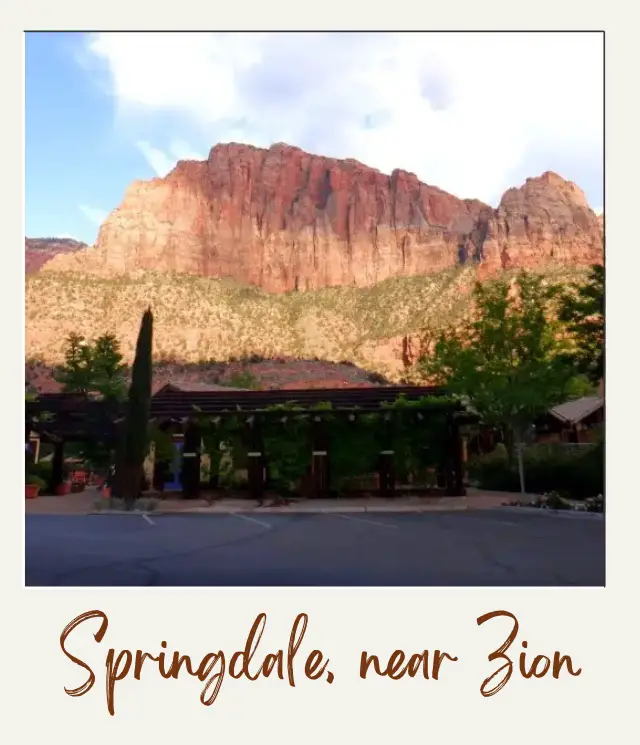
Not everyone likes camping (and it requires upfront expenses for equipment). And lodges, inns and even cabins inside the national parks tend to be expensive. However, if you don’t want to camp, but still want to keep your costs low, staying just outside the park can save you money while still providing easy access.
You can often find inexpensive motels nearby. Some of them even come with breakfast! I’ve often stayed in small, family-run motels within an hour of the park and have saved tons of money.
Search for budget accommodations on Expedia here. Enter the park name, then sort by price: low to high.
Another option is to find a vacation rental. This is especially great if you’re traveling as a family because it gives you more space and somewhere to cook meals. Search for vacation rentals on VRBO here. Enter the park name, then sort by price: low to high.
8. Don’t eat out
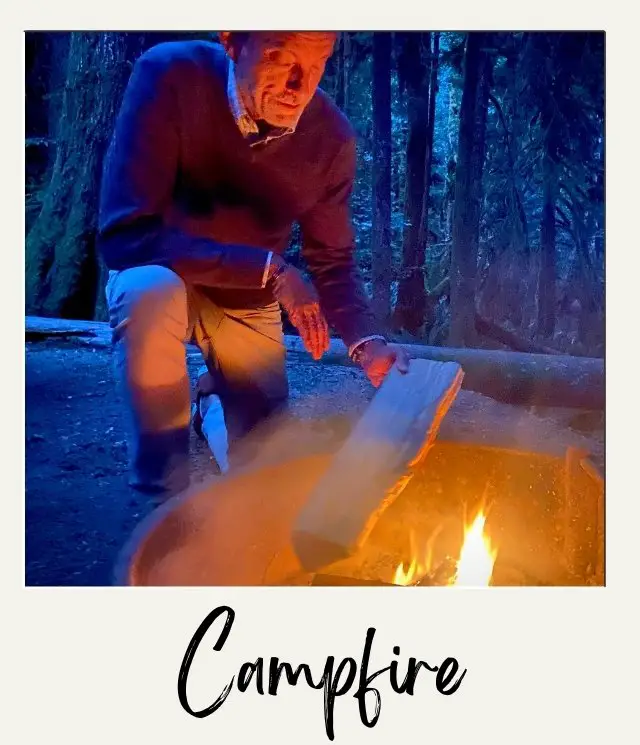
Eating out while camping or visiting a national park can get pricey. To save money, consider cooking most of your meals. If you’re camping, you can invest in a camping stove (you can get one on Amazon here), though I have grilled hotdogs on a stick over a campfire before, and for a short trip it was fine. Cooking over a campfire can be a fun activity and a great way to bond with friends or family.
You can also check if any parks have designated picnic areas where you can enjoy your home-cooked meals amid nature.
It helps to plan simple meals that require minimal prep, like sandwiches or stir-fries.
9. Invest in a cooler
Which brings me to the next point. Bring a cooler with perishable items. It helps if you’re cooking, but even if you want to grab a yogurt, cheese and fruit from a supermarket, and carry them with you. I do this all the time.
If you’re flying and then driving, you have a couple of options.
I used to buy a cheap cooler after I arrived and then threw it away at the end of the trip. However, doing that every time isn’t great for the environment and even though the coolers were cheap, they still cost money every time.
So, I now have a collapsible cooler that flattens out and fits in my luggage and then turns into a 3-dimensional box after I arrive. Take a look at this collapsible cooler on Amazon if you’re interested in getting one.
In addition to a cooler, to helps to stock up on non-perishable foods like pasta and canned goods, of course.
One other thing to be mindful of: if you’re in bear country, follow the rules to keep food safe from bears. Campsites will usually have anti-bear storage boxes. If you don’t have access to one, especially if you’re back-country camping, get a bear-resistant food storage container.
10. When you do eat out, look for local diners or cafes

If you don’t have access to cooking facilities, keep in mind that food inside the parks is usually expensive. Even restaurants outside the parks but nearby are overpriced. However, you can usually find pretty basic local diners and cafes that often have better prices than park eateries.
11. Travel off peak

I know that this isn’t possible for many people – especially if you’ve got kids in school – but if you can, I strongly recommend traveling off-peak. The shoulder season is best — typically spring or fall for most parks.
Not only will you avoid the summer crowds, but accommodation prices – and even flights – are often cheaper.
12. Rent an RV or Campervan
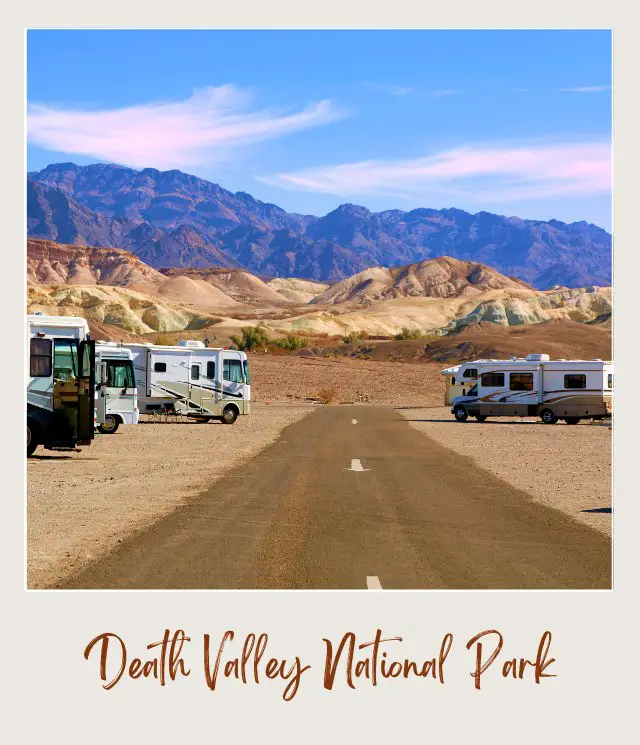
If you don’t want to camp, but hotels are too expensive, consider renting a camper van or RV. This combines a vehicle and accommodations (with cooking facilities and a mobile fridge) all in one.
Many rental companies offer deals for longer-term rentals or for off-season rentals.
A couple of things to keep in mind:
Some of the roads in national parks have restrictions on RVs over a certain size if the road is narrow and winding, so always check with the park(s) you’re visiting before you rent your vehicle.
Also check the gas mileage of the vehicle you plan on renting. You don’t want your savings on accommodations to go on extra gas!
>>> Click here to find a campervan rental
>>> Click here to find an RV rental
13. Choose a lesser-known park
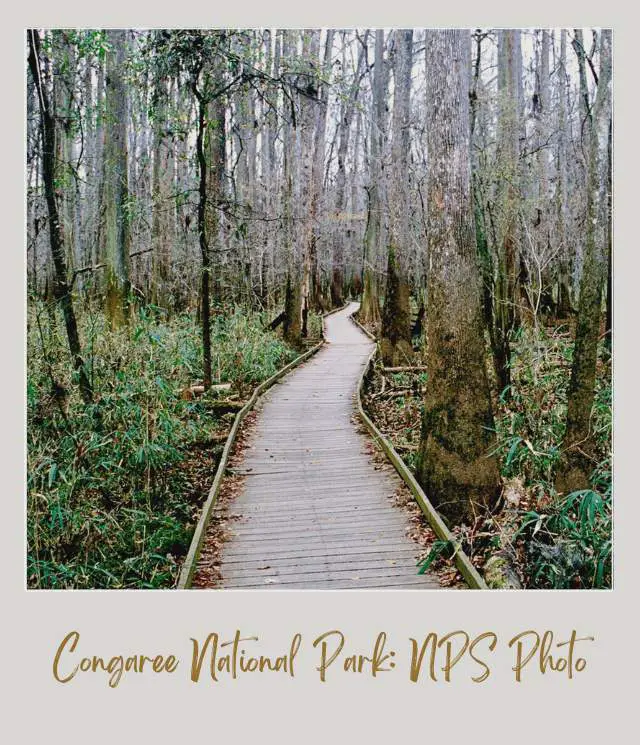
Popular parks like Yellowstone and Yosemite are stunning but often crowded and expensive. There are many lesser-known parks like Congaree or North Cascades that are still super cool, but not only more peaceful, but also often cheaper.
Accommodation providers and even rental car agencies can bump up their prices at more popular destinations because they know people will pay them. With less competition at less-crowded parks and areas, prices are often lower.
14. Work at them
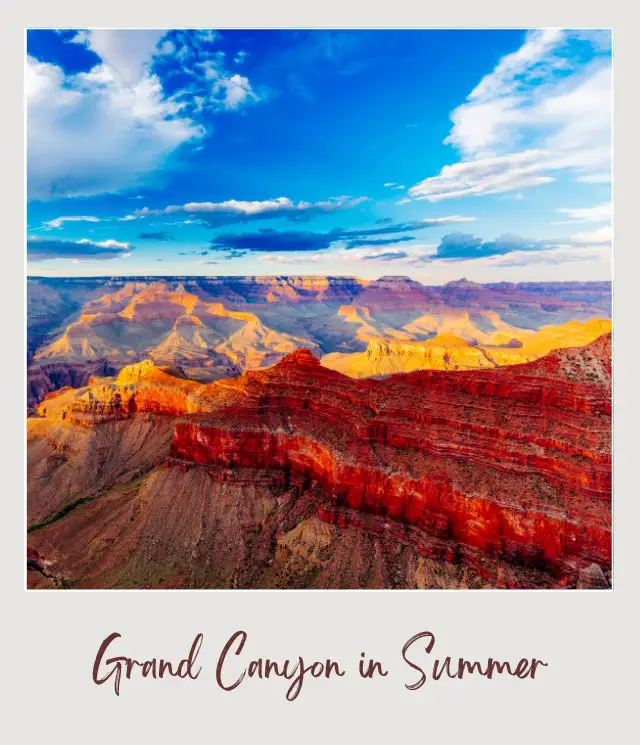
Many national parks hire seasonal workers, especially over the summer. If you have the time (school teachers and retirees especially often do), then why not make some extra money all while getting to enjoy the park?!
Search for work opportunities here.
15. Choose affordable activities
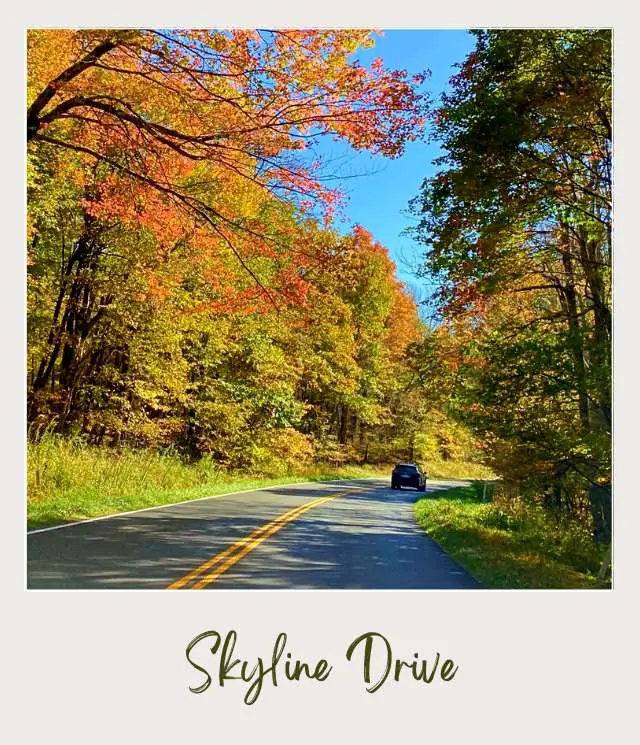
While many national parks do have activities that you need to pay for, most national parks offer free or low-cost activities. These include:
Visitor Centers and Free Exhibits
Visitor Centers are great starting points. They provide tons of information to help you navigate the park. Most centers have exhibits that explain the park’s natural features, wildlife, and history.
You can also pick up trail maps, brochures, and get answers to your questions. Some Visitor Centers offer multimedia presentations that are both entertaining and educational.
Scenic Drives
Many of the national parks have amazing scenic drives. Some of them you can enjoy the scenery as you go and others have frequent viewpoints that you can see from easy pullouts along the way. All are totally free once you’re inside the park.
Here are some of my top scenic drives.
Hiking
There are thousands of hiking trails in the parks and most of them are free (once you’re in the park). Research trails in advance to find routes that fit your skill level and interests.
Ranger Programs
You can also participate in ranger-led educational programs and guided tours, which often have no fee.
These programs can help you learn about the park’s unique environment and history. You can often find ranger-led hikes, talks, or demonstrations.
Check the park’s website or visitor center for schedules.
Photography
With stunning landscapes, you won’t need to spend money on expensive tours. Just grab your camera or smartphone and capture the beauty around you.
Subscribe to daily national parks planning tips, travel inspiration and trip ideas and I’ll send you a free PDF of this Guide:
How to Visit National Parks on a Budget: 15 Smart Cost-Saving Strategies
Do you have any other tips for visiting national parks on a budget? I’d love to hear about them. Join my private Facebook group National Parks Collectors and comment and let me know (you can also pick up extra planning tips, share your photos and stories with other national park lovers and more).
If you liked this article, please share the love and Pin It to your National Parks board!


Are you just starting to think about taking a National Parks trip? Get Inspiration
Are you starting to plan a trip to a national park? Read my free guides
Do you need tips and additional information? Read a selection of tips for visiting US national parks
Are you ready to book your trip? Use these Planning and Booking Resources
Do you want to read a book about US national parks? Check out my Recommended Reading Lists
About the Author
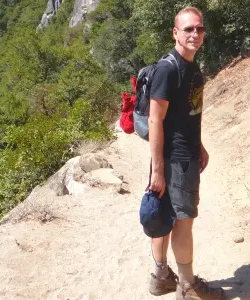
James Ian is a national park, camping and hiking expert.
He has dedicated his life to travel, visiting more than 80 countries, all 7 continents and most of the national parks in the United States. With over 35 years experience in the travel industry, James has worked on cruise ships, at resorts and hotels, and as a travel planner who’s helped hundreds of people plan successful trips to US national parks.
Based on his experience visiting our national parks multiple times, in-depth research and expertise as a travel planner, James has published detailed itineraries for many of the major national parks in the US. These itineraries, as well as in-depth park guides, and other resources will help you have your own incredible trip to US national parks without stress and hassle.
As a national park expert, James has contributed to many publications, including USA Today, Newsweek, Time Business News, Savoteur, Best Trip, and Wired.
I’m a member of the Amazon Services LLC Associates Program. As an Amazon Associate I earn from qualifying purchases.

